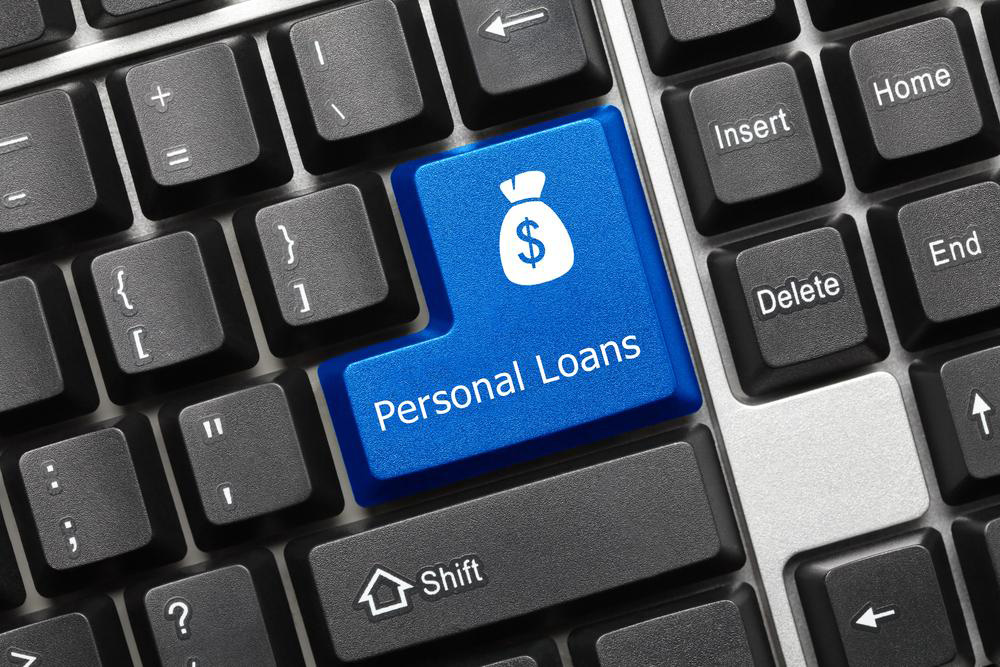Comprehensive Guide to Securing Personal Loans Despite Poor Credit History
This comprehensive guide offers practical strategies for obtaining personal loans with poor credit scores. It covers application steps, key factors to consider when choosing lenders, and tips for improving creditworthiness. By understanding your options and how to navigate the lending landscape, even borrowers with damaged credit can access necessary funds and rebuild their financial health effectively.

Comprehensive Guide to Securing Personal Loans Despite Poor Credit History
Obtaining a personal loan when your credit score is less than ideal can be a daunting task. Many individuals find themselves frustrated by lenders who seem unwilling to take a chance on those with poor or damaged credit histories. However, it's important to realize that a low credit score doesn't mean you are entirely excluded from the world of borrowing. In fact, several financial institutions and specialized lenders recognize the unique circumstances of borrowers with imperfect credit and have tailored loan products to serve them. This comprehensive guide explores every aspect of acquiring a personal loan under such conditions, from initial application steps to selecting the right lender and understanding the key factors involved in securing favorable loan terms.
Understanding Your Options: Personal Loans for Bad Credit
If you are struggling with a poor credit history, the first step is understanding your borrowing options. Conventional lenders often tighten their approval criteria for individuals with low credit scores, typically defined as FICO® scores below 650. Some lenders, however, actively market to this segment, offering personal loan packages designed to accommodate borrowers with less-than-perfect credit. These lenders consider multiple factors beyond just credit scores, such as employment stability, income level, and overall financial behavior.
It's also vital to recognize the distinction between secured and unsecured personal loans. Secured loans require collateral, such as a savings account or vehicle, which can make approval easier and potentially offer lower interest rates. Unsecured loans, on the other hand, do not require collateral and are often more accessible for borrowers with poor credit but may come with higher interest rates due to the increased risk to the lender.
Since the process can be overwhelming, understanding the typical application procedure is crucial to improve your chances of approval and ensuring you get the most favorable terms possible. Below is a detailed overview of the step-by-step process involved in securing a personal loan when you have a poor credit history.
The Personal Loan Application Process for Borrowers with Challenged Credit
Preapproval and Initial Assessment: The process usually begins with a preapproval inquiry. Many lenders offer online preapproval checks that do not impact your credit score. During this step, your basic financial information, including income, employment status, and existing debts, is evaluated to determine your likelihood of approval. A key criteria for preapproval often includes a minimum FICO® score threshold, typically around 600, though some lenders accept lower scores based on other financial factors.
Gathering Documentation: Once preapproved, lenders will require documentation such as proof of income (pay stubs, income statements), identification, and proof of residence. Ensuring all documents are accurate and complete can expedite approval and funding.
Credit Report Analysis: Lenders will review your credit report to assess your payment history, existing debt load, recent inquiries, and overall credit behavior. Hard inquiries, which occur when you apply for multiple loans or credit cards, can temporarily reduce your score but have less impact if you have a limited credit history.
Loan Offer and Acceptance: If approved, you will receive a loan offer detailing the amount, interest rate, repayment term, fees, and other conditions. It's essential to carefully review all terms, including the annual percentage rate (APR), late fee policies, prepayment penalties, and any restrictions on early repayment.
Loan Funding and Use: After accepting the offer, the lender disburses funds, often via direct deposit into your checking account. Proper budgeting and understanding repayment obligations are crucial to avoid late fees and maintain a healthy credit profile.
Key Factors to Consider When Choosing a Lender for Poor Credit Borrowers
Choosing the right lender is fundamental to securing a personal loan on favorable terms, especially with a low credit score. Here are critical factors to evaluate during your search:
Lender Types and Offerings: Private banks tend to have strict approval criteria and may not cater to borrowers with bad credit. Peer-to-peer lending platforms and online lenders often offer more flexible eligibility requirements, including consideration of educational background and employment history, which can be advantageous for some borrowers.
Eligibility Criteria: While a FICO® score of 600 may be considered the baseline for many bad-credit lenders, some institutions accept lower scores if other financial behaviors are positive. Understanding these criteria upfront helps narrow your options.
Loan Term and Repayment Conditions: Always review the length of the loan, the APR, the overall cost of borrowing, and whether the lender provides options for early repayment without penalty. Flexible repayment options can significantly ease financial pressure.
Availability of a Cosigner: If your credit is particularly damaged, securing a cosigner with good credit can substantially improve your chances of approval and secure lower interest rates. Be sure the cosigner understands their legal responsibility in case of default.
Interest Rates and Fees: Poor-credit borrowers often face higher interest rates, which can significantly increase the total repayment amount. Comparing offers from different lenders, including hidden fees such as origination charges and late payment penalties, is essential to avoid undesirable surprises.
Repayment Flexibility and Support: Some lenders offer programs for struggling borrowers, such as deferred payments or hardship plans. Choosing a lender that provides financial counseling or flexible options can support long-term credit rebuilding.
Does Educational Background Impact Personal Loan Eligibility?
Interestingly, some lenders consider educational qualifications and even career trajectory when assessing applications. Upstart is a prime example of a lender that evaluates educational and employment history alongside credit performance, making it easier for individuals with limited credit history to qualify for personal loans.
Upstart operates as a peer-to-peer marketplace lender that offers more personalized assessments, including factors like college education, vocational training, and job stability.
This approach broadens access for borrowers who may lack a lengthy credit history but demonstrate earning potential through their educational background.
Best Options for Borrowers with Cosigners or Low Credit Scores
If you have a cosigner with good credit, your chances of loan approval and favorable interest rates increase substantially. LendingClub stands out as a top choice for such borrowers.
Known for competitive interest rates and particular programs for borrowers with less-than-ideal credit, LendingClub also offers hardship support plans for managing repayment difficulties.
The inclusion of a cosigner can lower your interest rate, reduce required collateral, and improve approval odds, but all parties should understand their obligations fully.
Reputable Lenders for Borrowers with Low Credit Scores
Several lenders specialize in serving individuals with subprime credit histories. Peerform and Avant are two reputable options known for transparency and flexible lending criteria:
Avant: No prepayment penalties and flexible payment arrangements make Avant an appealing choice. Borrowers who consistently make timely payments may also receive refunds of late fees, encouraging responsible financial behavior.
Peerform: Employing an algorithm-based interest rate calculation that considers your credit score, Peerform provides clear transparency about potential borrowing costs. Its system allows for requesting delayed payments with prior notice, adding a layer of flexibility to repayment.
Final Tips for Securing a Personal Loan with Poor Credit
While the road to securing a personal loan with a poor credit score is more complex, it is certainly achievable with careful planning and informed decision-making. Always:
Maintain transparency with lenders about your financial situation.
Compare multiple offers to identify the best interest rates and terms.
Prioritize improving your credit score for better future borrowing conditions.
Pay bills on time and reduce outstanding debts to enhance your credit profile over time.
Remember, responsible borrowing and diligent financial management are essential to rebuilding trust with lenders and securing better credit opportunities in the future.





